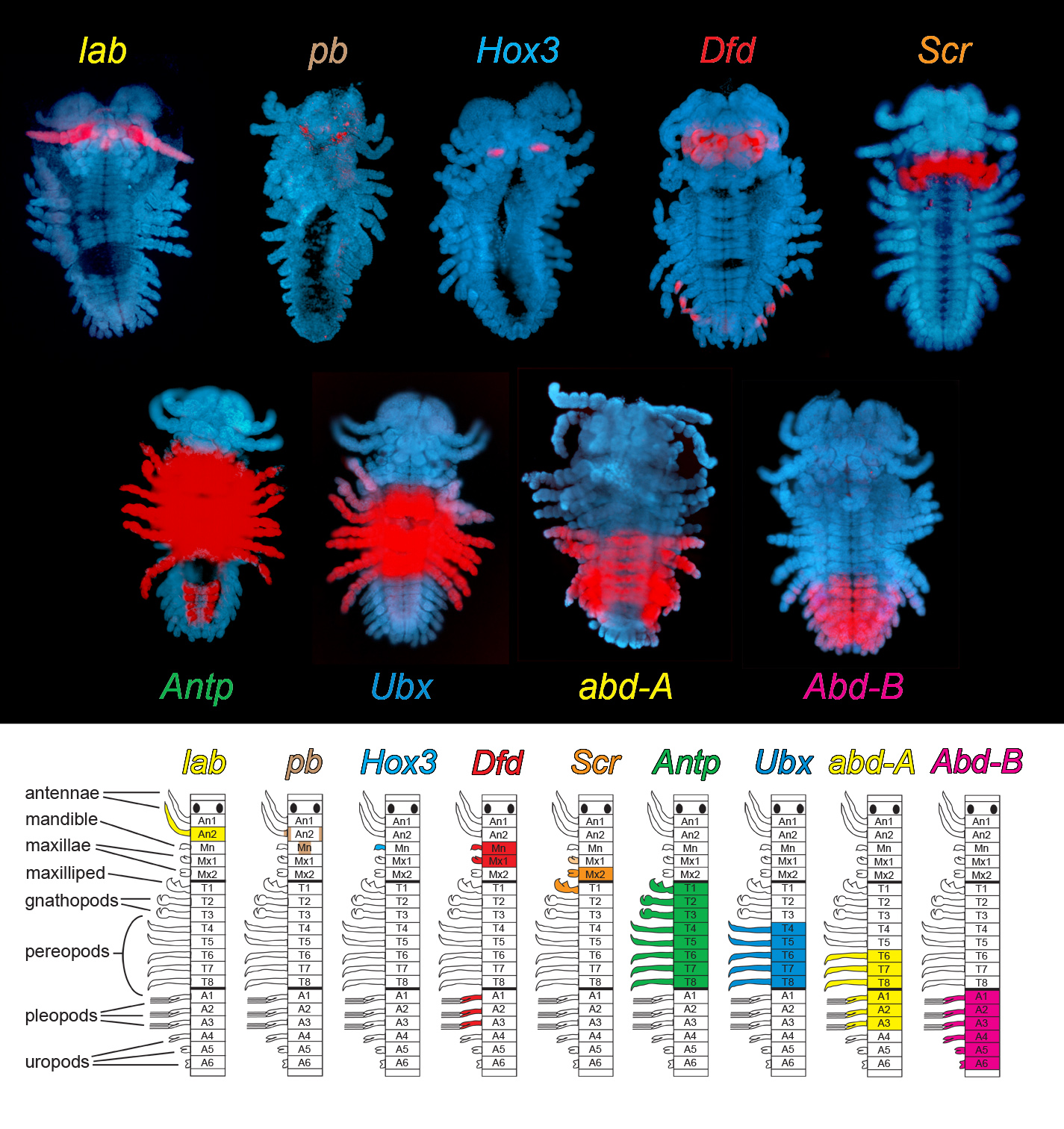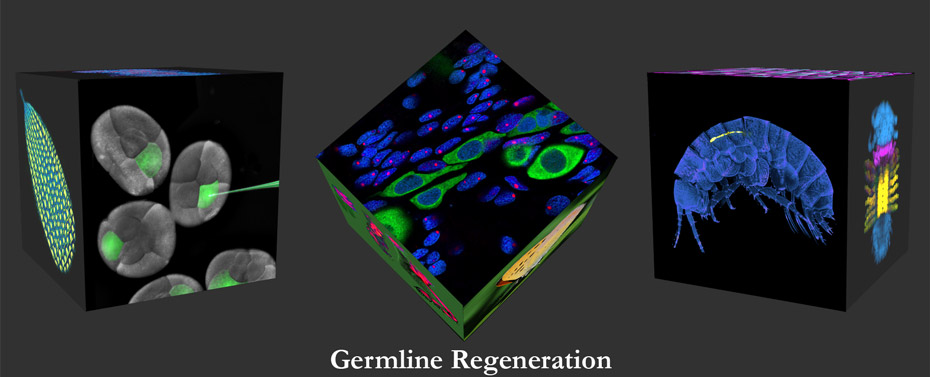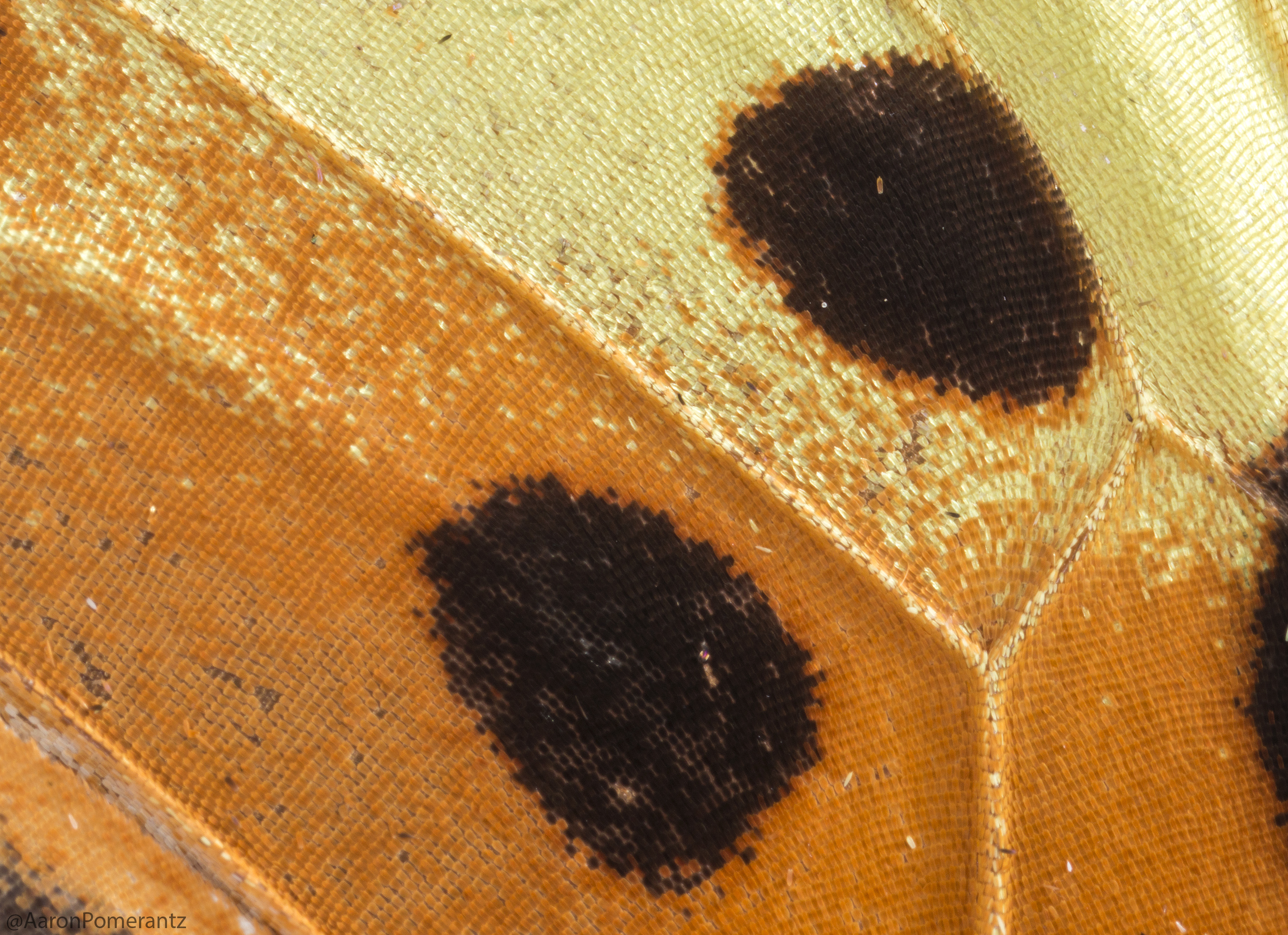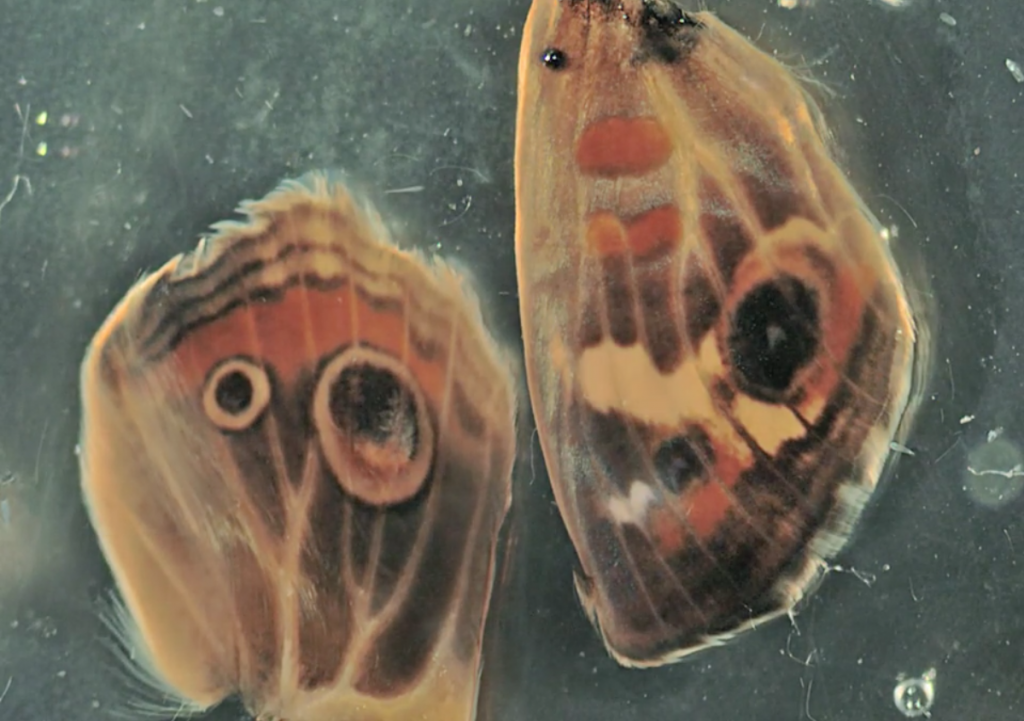Our purpose

Hox Genes / Body Patterning
Are changes in the expression patterns of hox genes a major driver in the evolution of morphological diversity?
Our continued studies in this area have shown that developmental timing of expression is also an important parameter in controlling evolutionary change. In crustaceans, the initial boundaries of expression correlate with the transition from feeding to locomotory morphology, but later alterations in expression levels correlate with the relative size of various appendages.
Germline Regeneration
Research from our lab demonstrates the extraordinary ability of Parhyale hawaiensis, a marine amphipod crustacean, to replace its germline despite being incapable of total body plan regeneration.
Experimental elimination of Parhyale’s germline progenitor cell (which is specified embryonically by the 8-cell stage) results in an absence of primordial germ cells, as assayed by several criteria, including loss of expression of Vasa, a highly conserved germline RNA helicase.


Wing Patterning
The interactions of an organism with its ecological community are directly influenced by its appearance. An organism’s coloration can attract mates, warn others of a poisonous/venomous defense, serve as camouflage, or mimic other species.
The insect order Lepidoptera (moths and butterflies) has long been recognized as an ideal group for investigating these interactions. With an estimated 140,000 species covering every continent except Antarctica, the Lepidopteran wing patterns represent one of the most thorough explorations of phenotypic space available to science.
Structural Color
A selective mating experiment by a curious butterfly breeder has led scientists to a deeper understanding of how butterfly wing color is created and evolves.
The study, led by scientists at University of California, Berkeley, and the Marine Biological Laboratory, Woods Hole, is published in eLife.
When the biologists happened upon the breeder’s buckeye butterflies–which normally are brown–sporting brilliant blue wings through selective mating, they jumped on the chance to explore what caused the change in color of the tiny, overlapping scales that produce the wing’s color mosaic and pattern.

Publications
Thayer, R. C., & Patel, N. H. (2023). A meta-analysis of butterfly structural colors : their color range , distribution and biological production. https://doi.org/10.1242/jeb.245940 [PDF]
Gainett, G., Klementz, B. C., Blaszczyk, P. O., Bruce, H. S., Patel, N. H., & Sharma, P. P. (2023). Dual Functions of labial Resolve the Hox Logic of Chelicerate Head Segments. Molecular Biology and Evolution, 40(3), 1–13. https://doi.org/10.1093/molbev/msad037 [PDF]
Bruce, Heather S., and Nipam H. Patel. (2023). Cryptic Persistence of Truncated Abdominal Legs in Insects Enabled Diverse Outgrowths with Novel Functions. Preprints.org, doi.org/10.20944/preprints202212.0268.v3 [PDF]
Alberstat, E. J., Chung, K., Sun, D. A., Ray, S., & Patel, N. H. (2022). Combinatorial interactions of Hox genes establish appendage diversity of the amphipod crustacean Parhyale hawaiensis. BioRxiv, 2022.03.25.485717. https://doi.org/10.1101/2022.03.25.485717 [PDF]
Sun, D. A., Takahashi, Y., Chang, R. J., & Patel, N. H. (2022). Distinct regulation of Hox genes by Ploycomb Group genes in a crustacean. BioRxiv, 2022.03.27.485719. https://doi.org/10.1101/2022.03.27.485719 [PDF]
McCarthy, J. B., Kelly, S. R., VanHook, A. M., Marques-Souza, H., Serano, J. M., & Patel, N. H. (2022). Expression of Abdominal-B in the brine shrimp, Artemia franciscana, expands our evolutionary understanding of the crustacean abdomen. Developmental Biology. doi:10.1016/j.ydbio.2022.06.011 [PDF]